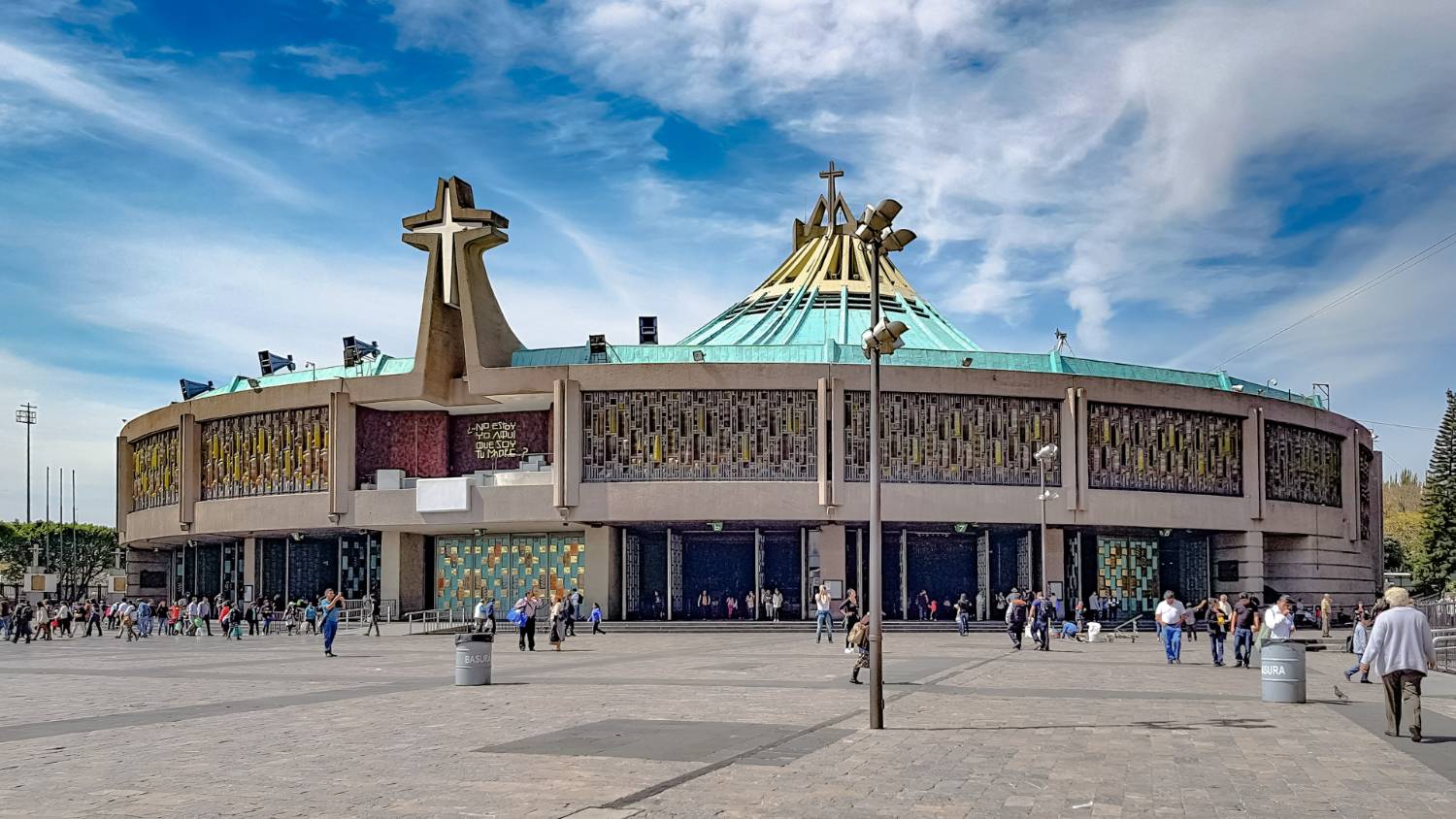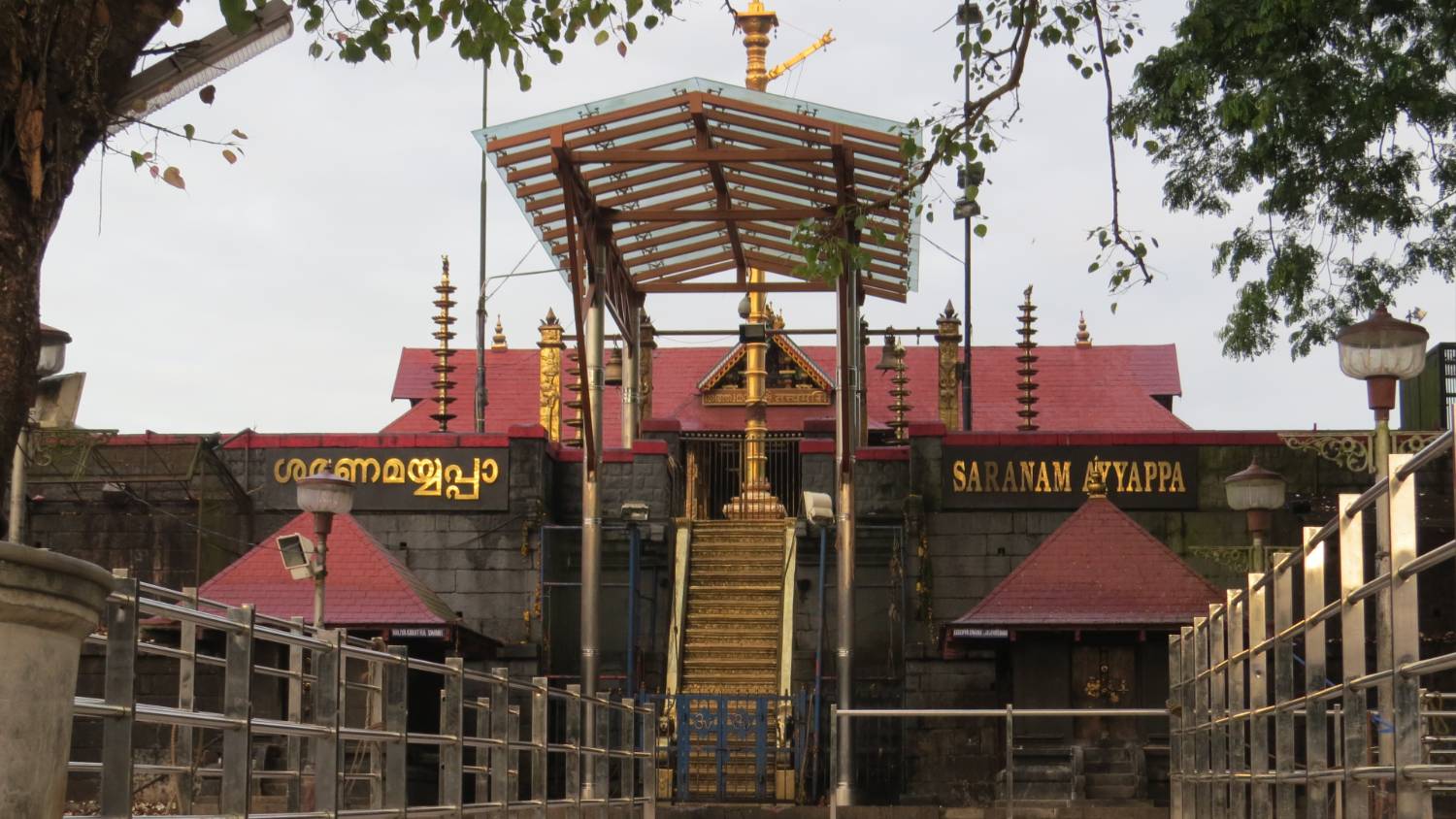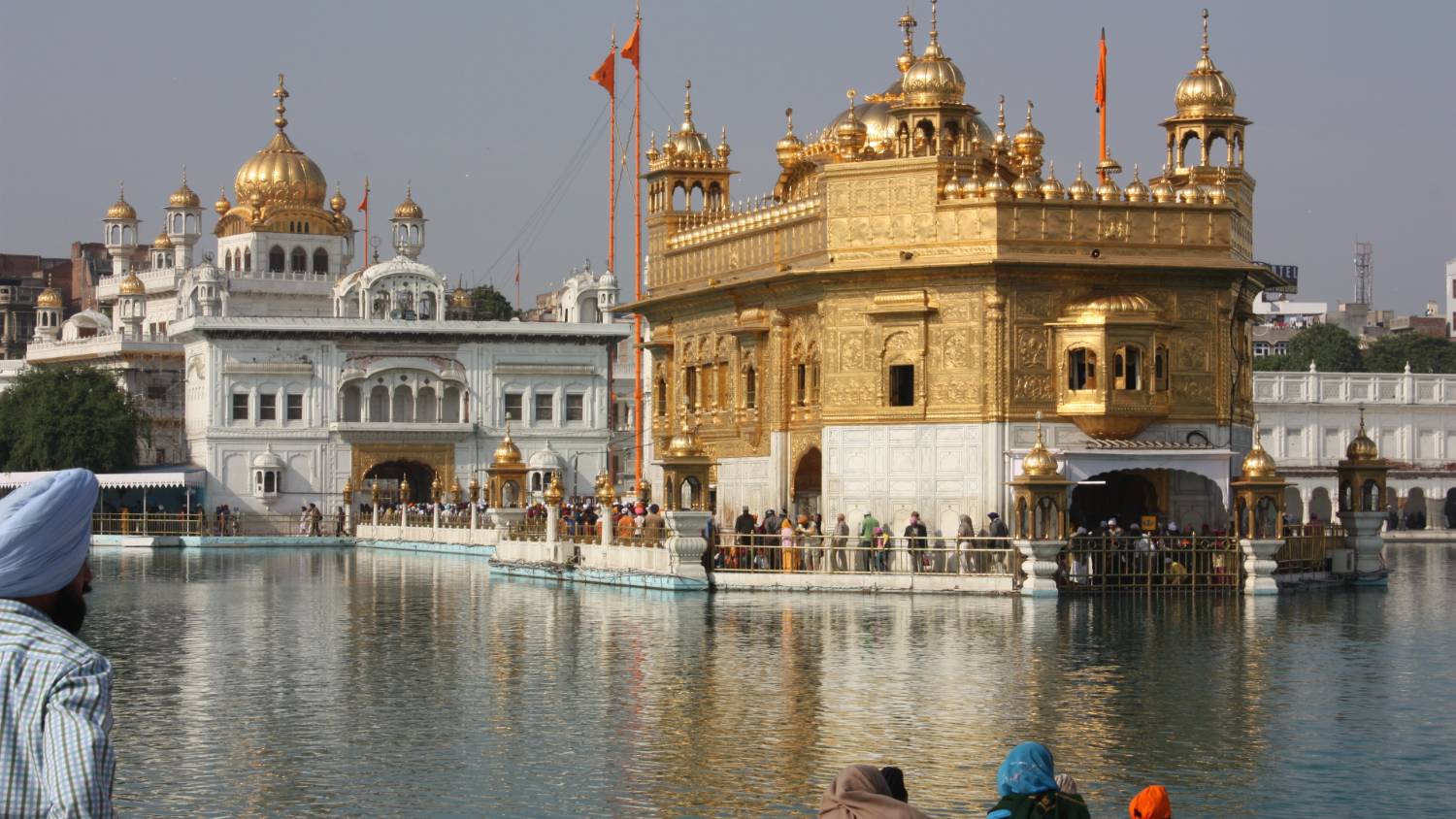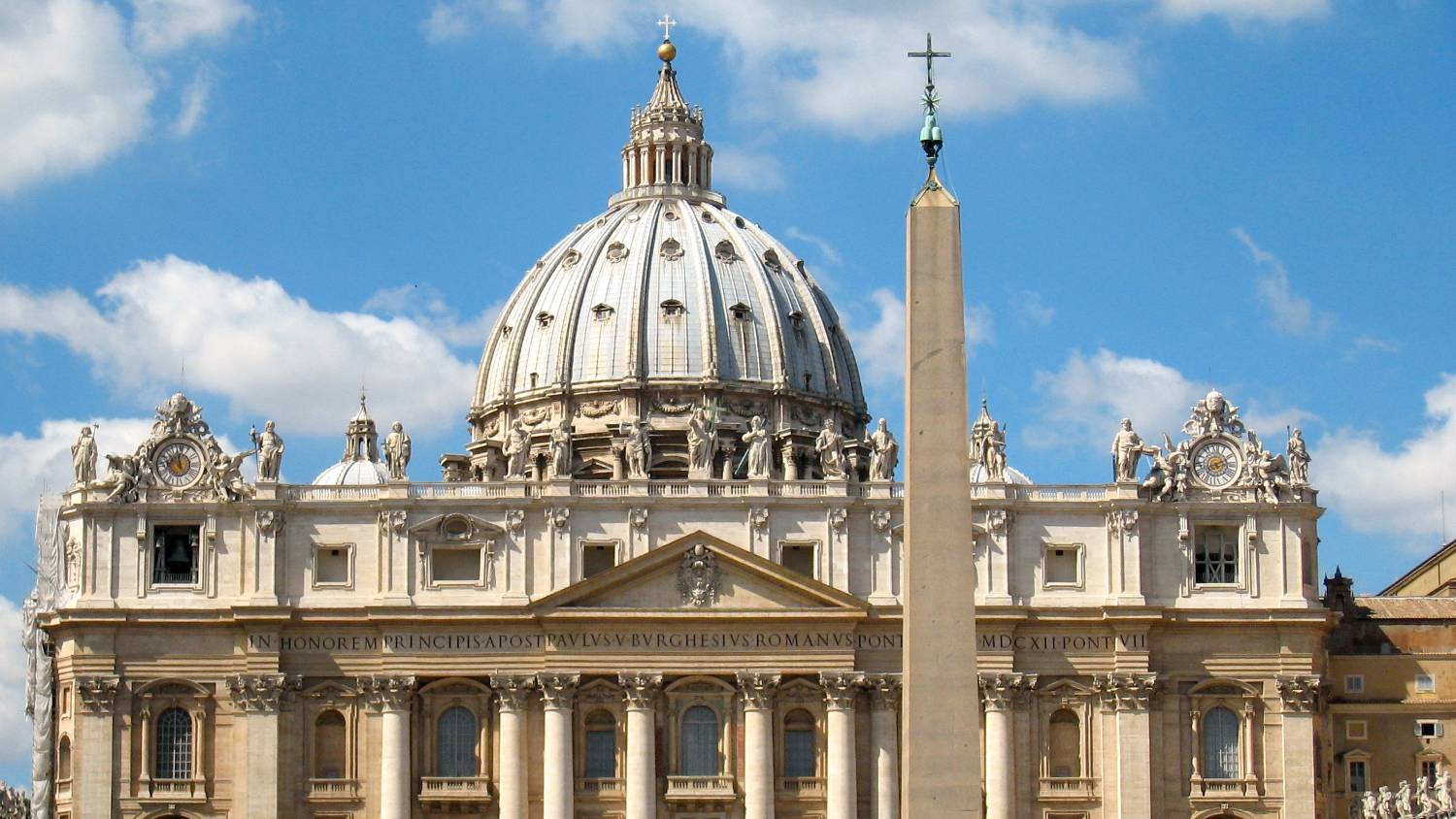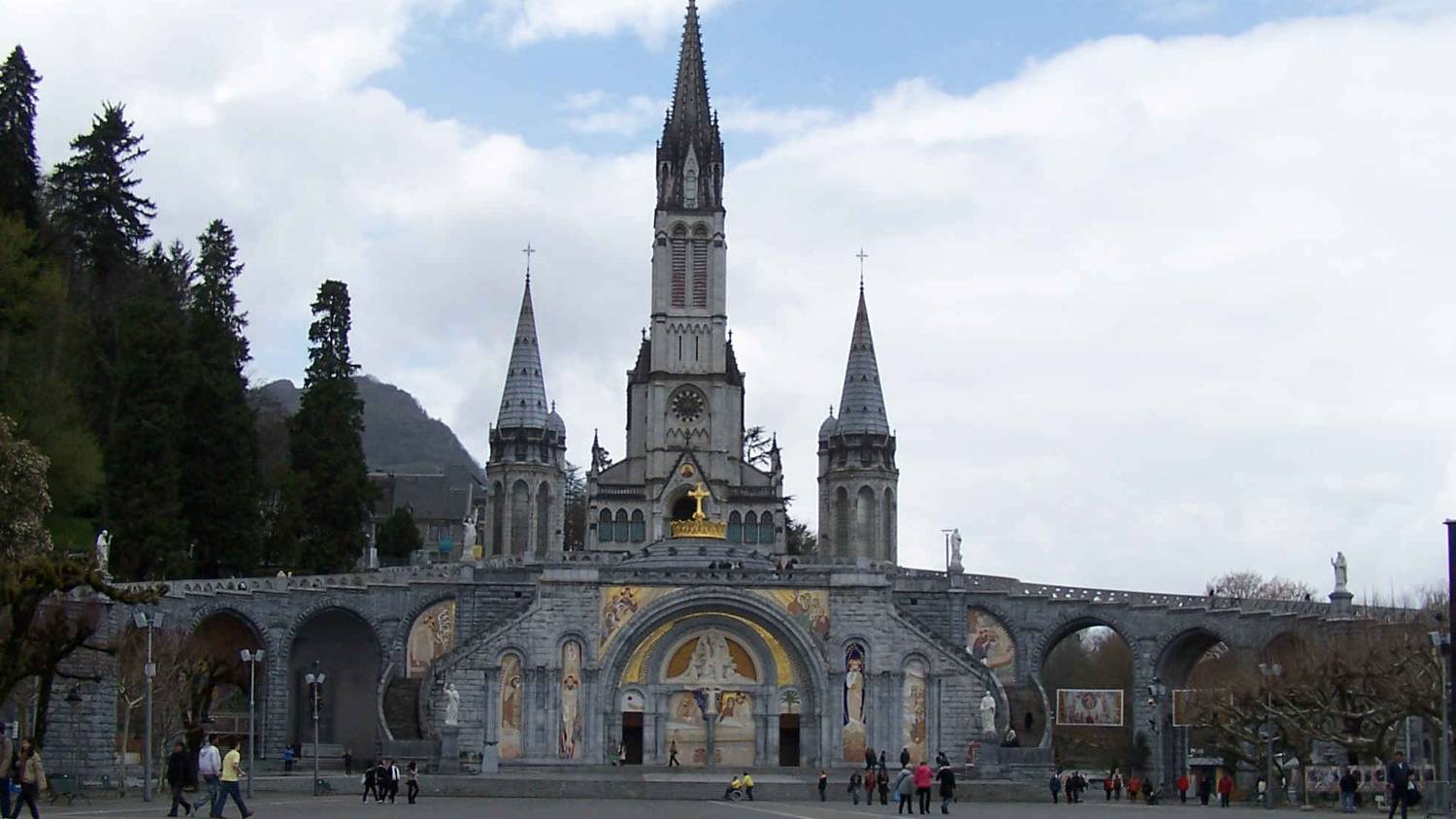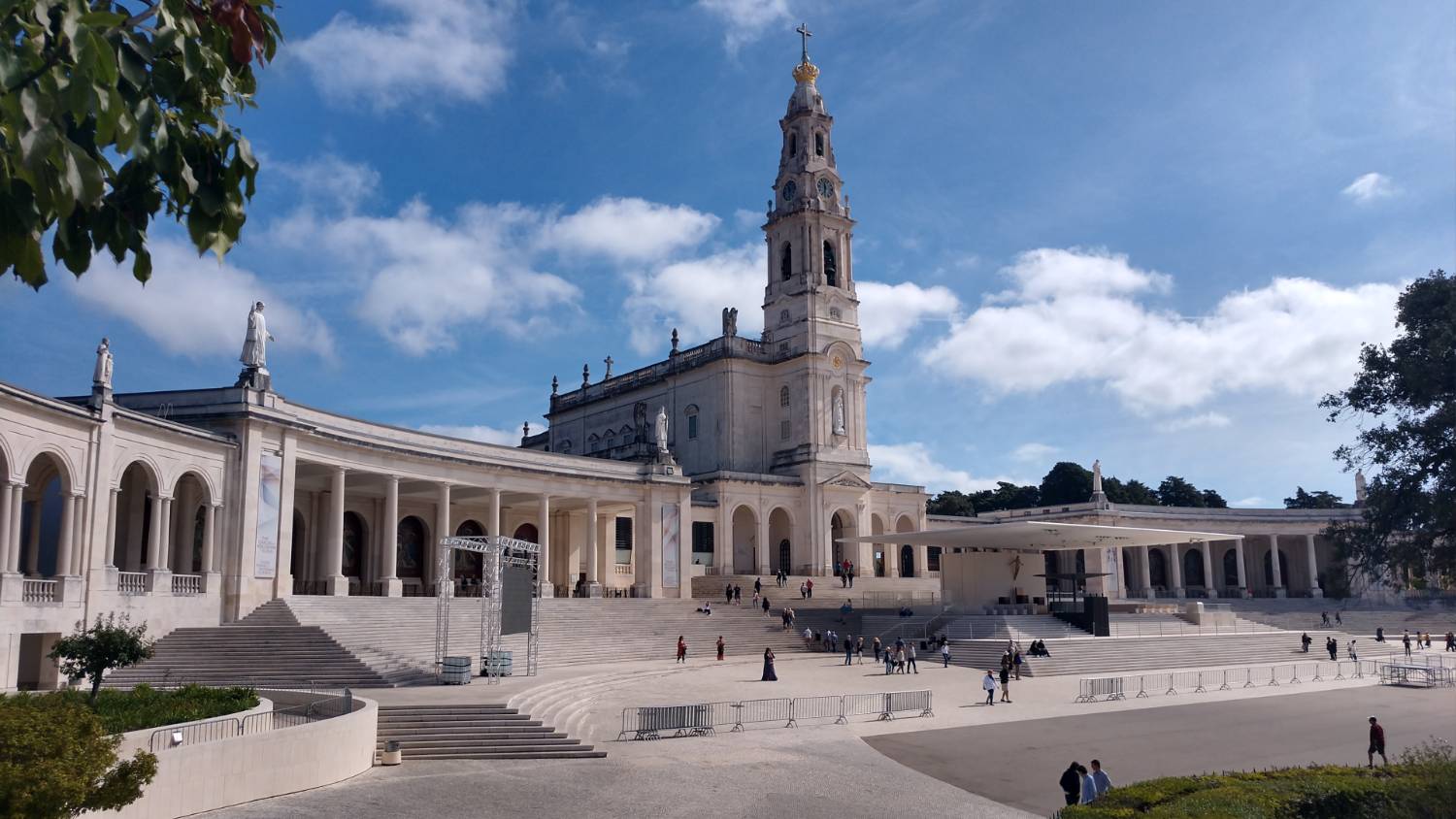Hajj 2022: Eight other pilgrimages where millions gather from around the world

Millions of Muslims from around the world are gathering in Mecca to perform the first Hajj after Covid-19 restrictions were lifted.
During the pandemic, pilgrims were limited to those already living in Saudi Arabia and the rituals had to be performed with social distancing measures in place.
Hajj is a central pillar of Islam that every able-bodied Muslim should carry out at least once in their lifetime if they can afford to do so.
During the pilgrimage, Muslims honour ancient religious figures by re-enacting traditional rituals like walking around the Kaaba seven times.
In the Islamic faith, the cube structure was built by the Prophet Ibrahim (or Abraham) at a site first sanctified by the Prophet Adam.
Stay informed with MEE's newsletters
Sign up to get the latest alerts, insights and analysis, starting with Turkey Unpacked
During pilgrimages a unique microcosm is often created; that of an equal society, united in a shared belief as worshippers fulfil both personal and collective purposes by tracing the footsteps of prophets and saints before them.
Such values are not unique to Islam and the tradition of mass religious gatherings is common in other religions.
Here Middle East Eye takes a look at eight other great pilgrimages from around the world:
Basilica de Guadalupe, Mexico
Once the site of an Aztec holy shrine, Tepeyac on a northern hillside of Mexico City, is said to be the most visited pilgrimage site in the Western Hemisphere, drawing around 20 million pilgrims each year.
It all started in 1531 when an indigenous man who had converted to Catholicism is said to have seen numerous apparitions of the Virgin Mary at the site.
After one apparition, Juan Diego was asked by Mary to gather roses from the hillside, but on emptying the roses from his cloak, or tilma, an imprint of Mary had set in on the fabric and was taken as proof of the miraculous sightings.
A church was built at the site in 1709 and was given basilica status in 1904 by Pope Pius X. Only the pope can designate the title of a basilica to a church, giving it special status as a place where the pontiff meets people when he visits the town or city.
By 1976 the expanded Basilica de Guadalupe was completed, able to accommodate 10,000 worshippers in one sitting.
This is also where Diego’s cloak now hangs, and where pilgrims descend to pray for miracles. The basilica is busiest around 12 December, the date of the cloak's apparition. The day is marked with a feast and celebration for the Virgin.
Sabarimala Temple, India
From mid-November through to mid-January, up to 41 million Hindu pilgrims, mainly from within India, travel to the Sabarimala Temple on the banks of the River Pamba in the Western Ghats along India’s southwestern coast.
They arrive during mandala season, a set period of the year when Hindu followers dedicate their devotions to Lord Ayyappan, known as the god of growth.
During a 41-day period, the faithful set out on an 18-mile walk to the temple, which honours the god. The pilgrims abstain from sex out of respect to Ayyappan’s celibacy, increase their daily yoga practice and consume a vegetarian diet as preparation.
Dressed in shades of black and blue, traditionally the male-only pilgrimage sees worshippers climb 18 steps on arrival to the temple - each step is said to help the pilgrim detach from worldly desires, mentally and physically.
To facilitate the pilgrimage and prevent overcrowding, worshippers are divided into groups of 100,000 and assigned specific days on which they can make the journey.
Arbaeen, Iraq
Up to 25 million Shia Muslim pilgrims start the Arbaeen pilgrimage on foot to Karbala in central Iraq, 40-days after Ashura.
Ashura is the 10th day of the Islamic month of Muharram and for Shia Muslims, the day is important as it marks the day the Prophet Muhammad’s grandson Hussein ibn Ali was killed in the Battle of Karbala in 680 CE.
Known as Imam Hussein by Shias, he is revered and seen as a revolutionary leader.
Millions of pilgrims, mainly from Basra and Baghdad, but also from places outside of Iraq, walk long distances re-enacting the story of the battle along the way.
They are offered free food and sometimes accommodation while walking the route to pay their respects to Imam Hussein at a shrine built around his tomb.
The shrine is one of the holiest sites for Shia Muslims, alongside the Imam Ali Mosque in Najaf, which holds the shrine of Ali, the first imam of Shia Islam and Hussein's father.
Amritsar, India
Every year millions of Sikhs make a yatra, or pilgrimage, to the Harmandir Sahib or Temple of God in Amritsar in northern India.
Also known as the Golden Temple due to the gold leaf decorating the temple’s white marble domes, the structure was completed in 1604, and is considered the most important gurdwara (or holy place) in Sikhism.
Inside the temple, the Guru Granth Sahib, the Sikh holy book, is recited out loud every day for pilgrims to listen to, and langar, a free vegetarian meal, is offered to all walking through the doors as a mark of unity.
Around the temple sits the Pool of Immortality or the Amrit Saras Kund. Sikhs believe that the waters here have miraculous healing powers and some worshippers bathe in it or sit beside it to contemplate.
Saint Peter's Basilica, Vatican City
Vatican City or the Holy See is a small autonomous enclave in Rome and the home of successive pontiffs since 1378.
The skyline is dominated by Saint Peter's Basilica, which was first built by Emperor Constantine in the 4th century at the site where St Peter, Jesus's disciple was buried.
With the church falling into disrepair, in 1506 Pope Julius II decided to demolish it and start construction of a new one on the site, a process that would take over 150 years.
One of the entrances to the basilica is known as the Holy Door, and is said to represent Jesus, inspired by a verse in the Book of John in the New Testament: “I am the door; if anyone enters through Me, he will be saved.”
Worshippers believe entry through the door will lead to the forgiveness of their sins after dying, but the door is only opened once every 25 years, the last time was in 2000.
Most pilgrims travel to the Vatican during Christmas and Easter, although visitors arrive throughout the year to listen to the pope speak publicly on Wednesdays in Saint Peter's Square.
Sanctuary of our Lady of Lourdes, France
Lourdes sits in the Pyrenees mountains in south-west France and every year millions of pilgrims descend on the town to visit the place where a young girl named Bernadette Soubirous is said to have had 15 visions of the Virgin Mary in 1858.
During one vision a muddy stream turned clear after Mary asked Bernadette to drink from it. The water, thought to have healing powers, is still visited today by the faithful who believe it can cure ailments.
Bernadette was also told to build a chapel at the place where she had one of her visions.
Today the Sanctuary of Our Lady of Lourdes is a destination for pilgrims seeking blessings and cures through the water's purported powers to heal emotional and physical ailments.
The site is one of the most popular sites for pilgrimage in Europe outside of the Vatican.
Western Wall, Jerusalem
Today one of the most popular pilgrimage sites for Jewish people is the Western Wall or Ha-Kotel Ha-Ma'aravi in Hebrew.
Although the wall is not part of a historic Jewish temple itself, it is believed to have surrounded the Temple Mount complex, in which observant Jews believe the First Temple built by Solomon once stood.
The temple was destroyed by Babylonians in around 587 BCE and a Second Temple was built, only to be destroyed by Romans in 70 CE.
The Western Wall is sometimes also called the Wailing Wall as it is the site where Jews mourn the destruction of the temple and pray for its restoration. It is about 50 metres in length and 20 metres high and dates back to the 2nd century BCE.
Devout Jews believe God’s divine presence, also known as the Holy of Holies, can be found at the site, and the area is where all of creation began.
Worshippers often write their prayers on paper and slot them between the cracks and crevices of the wall. The prayers are collected twice every year and then buried on the Mount of Olives.
Jews who don’t make the pilgrimage to Jerusalem still face towards the site when praying as a sign of its importance.
Our Lady of Fatima, Portugal
Fatima, a town in central Portugal, was purportedly named after an Arab princess kidnapped as part of the Reconquista by the Portuguese knight Goncalo Hermingues.
Our Lady of Fatima became a major pilgrimage site for Catholics after apparitions of the Virgin Mary were seen by three young shepherds in 1917.
Aged 12, nine and seven years old, and watching their family flock, the children had six sightings of Mary.
The Virgin is said to have asked them to come to the site on the 13th day of each month over six months after which she would reveal her identity.
Similar apparitions have been reported at the site since the 18th century and later in 1917, a crowd of thousands looking to verify what the boys had seen are said to have witnessed the sun dancing across the sky.
For the faithful, the events were a divine sign, but sceptics say that it was a mass psychological phenomenon.
By 1918 a small chapel made out of rock and limestone was built, when pilgrimages first began in the hope of seeing a vision of Mary.
This has since developed into a complex with a large shrine, basilica, and sanctuary and is still busiest on the 13th day of each month when the faithful flock to the site.
*Figures refer to pre-pandemic estimates, the majority of the statistics are taken from the Alliance of Religions and Conservation
This article is available in French on Middle East Eye French edition.
Middle East Eye delivers independent and unrivalled coverage and analysis of the Middle East, North Africa and beyond. To learn more about republishing this content and the associated fees, please fill out this form. More about MEE can be found here.


